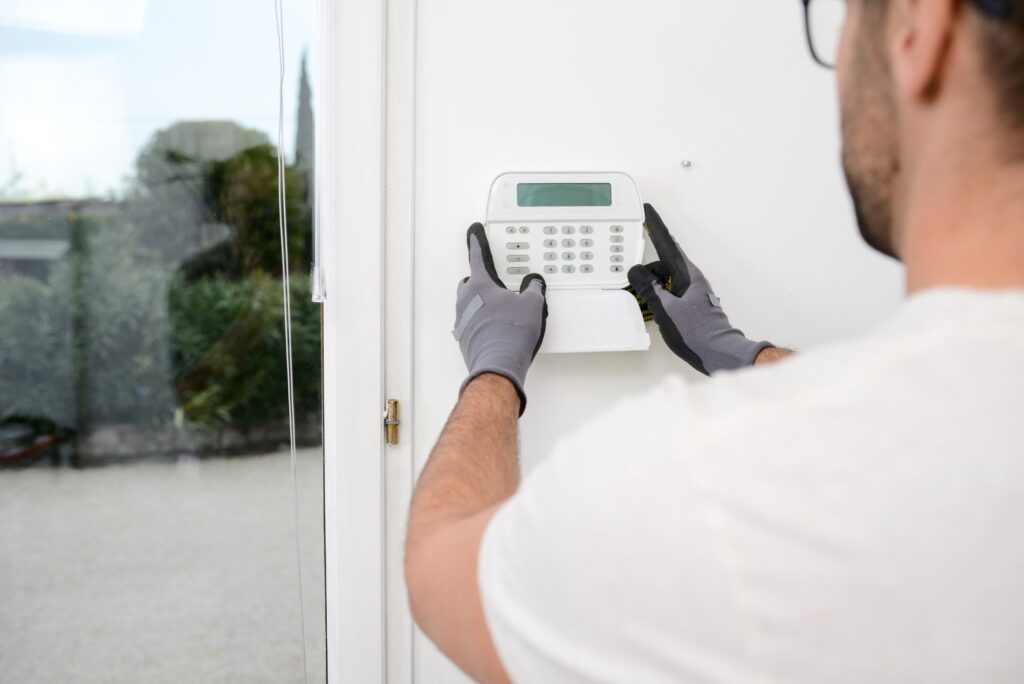Traditional security measures, such as manual patrols, locked doors, and basic alarm systems, have been complemented, and in some cases replaced, by innovative solutions that significantly enhance the effectiveness, reliability, and efficiency of security systems. These advancements not only make it easier to monitor and protect properties, but they also contribute to creating safer environments for residents, employees, and visitors in various settings, from corporate buildings to multi-family complexes. One of the most notable advancements in physical security is the integration of surveillance technology. Modern CCTV systems, equipped with high-definition cameras and artificial intelligence AI, now offer real-time monitoring capabilities, enabling security teams to assess threats instantly and make informed decisions. These AI-driven cameras can even detect unusual behavior, such as loitering, trespassing, or unauthorized access, sending immediate alerts to security personnel. Moreover, these cameras are often connected to cloud-based systems, allowing for secure off-site monitoring and storing of footage.

Another major technological advancement is the use of biometric access control systems. Gone are the days when security relied solely on keys, access cards, or PIN codes. With the advent of facial recognition, fingerprint scanning, and retina scanning, access to restricted areas can be granted only to authorized individuals. This ensures a higher level of security, as biometric data is unique to each person and much more difficult to replicate or bypass than traditional methods. These systems can be integrated with existing security infrastructure, such as turnstiles or gates, to provide seamless, yet highly secure, access control. Smart building technologies are also playing an increasingly important role in revolutionizing physical security. These technologies enable building management systems to monitor everything from lighting and HVAC systems to security features like doors and windows and navigate to these guys homedesignlooks.com. Smart sensors can detect any changes in the environment, such as a door left open or a broken window, and automatically send notifications to security teams or building management. Some systems can even lock down a building or activate additional security measures in response to an alert, providing immediate action to mitigate risks.
Mobile applications and communication platforms enable real-time reporting, allowing security personnel to quickly share information and updates. This improves coordination and enhances response times in emergency situations. Furthermore, these platforms often integrate data from various sources such as security cameras, alarms, and sensors into a centralized dashboard, allowing security managers to have a comprehensive view of their property’s security status at all times. The future of physical security is increasingly reliant on the synergy between traditional security methods and cutting-edge technologies. As technology continues to evolve, security systems will only become more intuitive, predictive, and responsive, allowing businesses, property owners, and residents to feel more confident and secure. By integrating advanced technological tools, the physical security landscape is being transformed into a smarter, more proactive system that not only protects property but also enhances the overall safety and well-being of everyone involved.
